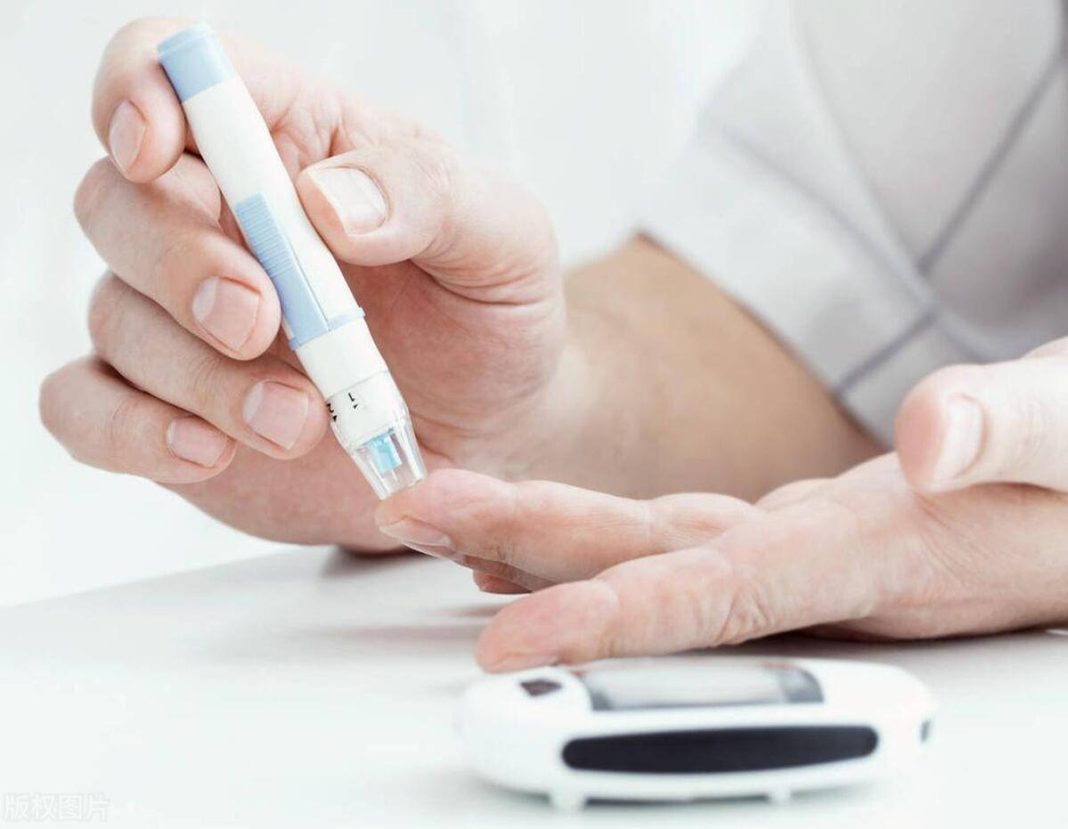This content is provided by the Pioneer Bird Blood Glucose Management Software! It helps you record health indicators such as blood glucose and blood pressure, provides free tasting of sugar-free foods, and customizes diet and exercise plans to accompany you in sugar control.
Diabetes is a common chronic disease, with type 2 diabetes being the most common type. With lifestyle changes and an aging population, the incidence of diabetes in our country is increasing year by year. For diabetes patients, dietary control is a key factor in managing blood sugar. However, many diabetes patients have some misconceptions about diet. Today, we will uncover these misconceptions and see what diabetes patients can eat.
First, one misconception is that diabetes patients cannot eat sugar, so they should avoid all sweets as much as possible. In fact, diabetes patients can eat sugar not completely, but it is essential to control the amount of sugar intake. Consuming some low-sugar foods, such as sugar-free foods, can help diabetes patients satisfy their sweet cravings without causing significant impacts on blood sugar levels.
Secondly, another misconception is that diabetes patients cannot eat staple foods like rice and noodles. In reality, diabetes patients can eat staple foods, but they should choose appropriate ones and control the intake amount. Opt for low glycemic index rice and noodles, and control the intake amount for each meal.
Furthermore, another misconception is that diabetes patients cannot eat fruits. In reality, diabetes patients can eat fruits in moderation by choosing appropriate ones and controlling the intake amount. Some low-sugar fruits, such as apples, oranges, and blueberries, can be consumed in reasonable amounts.
In addition to these misconceptions, diabetes patients should also pay attention to the balance and diversity of their diets. Consuming adequate amounts of protein, healthy fats, dietary fiber, and vitamins can help maintain good health and control blood sugar levels. Blood sugar management tools can provide personalized diet plans and suggestions based on individual blood sugar data and nutritional needs.
In conclusion, type 2 diabetes patients should pay attention to a scientifically reasonable diet, avoid falling into misconceptions. Consuming moderate amounts of sugar-free foods, low glycemic index staple foods, and fruits, maintaining a balanced and diverse diet can help control blood sugar and maintain good health. Blood sugar management tools serve as handy aids, assisting diabetes patients in measuring blood sugar, arranging diets, providing feedback data, and encouraging sugar control, helping diabetes patients achieve effective management.


